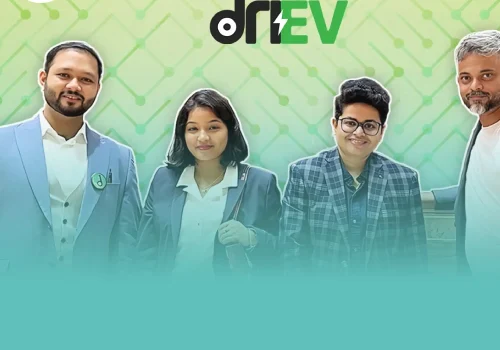India's urban mobility landscape faces significant challenges, especially in densely populated cities. Traffic congestion and pollution are two major problems that have a profound impact on the quality of life and the environment. According to a report by Boston Consulting Group, Indian cities are among the most congested in the world, with commuters in cities like Mumbai and Delhi spending an average of 1.5 hours more in traffic each day than other Asian cities.
This not only results in loss of productivity but also causes stress and health problems in the population. Additionally, the environmental impact of traditional fossil fuel-based vehicles is a growing concern. The World Health Organization reports that 14 of the world's 20 most polluted cities are in India, and vehicle exhaust is a major contributor to this pollution.
Dependence on petrol and diesel vehicles increases air quality problems and leads to respiratory diseases and other health problems. This is a time when the need for sustainable and environmentally friendly transportation options is greater than ever.
Along with Priyadarshini Pradhan, Santwana Sagnika, Anirban Mohanty and Pawan Bagrecha, Ankur Patel also learned that traffic jams are dependent on fossil fuels. To address this issue, in July 2020 she founded Let's Drive, an AI-driven micro-mobility solutions startup that allows users to choose eco-friendly transportation, including e-bikes and e-scooters, for a day to a month.
Background of the founders
Ankur B is an experienced founder who started his career as a systems engineer at Tata Consultancy Services. Patel. He joined Intellect Design Arena as a consultant in April 2016. A year later, he founded True Solar, a startup focused on renewable energy R&D and implementation. Anirban Mohanty, who joined as a co-founder in March 2020, was Lookup.to's City Head. He was also associated with RB, United Breweries Ltd and Bambery Reusable Diapers.
Lets look at the operating model of driEV
Lets driEV operates primarily through a Business to Consumer (B2C) approach, but also caters to Business to Business (B2B) clients, including notable names such as Tata Projects and Khimji Jewellers. The startup is venturing into last-mile delivery by tapping into India's fast-growing e-commerce market. Now, Lets driEV has successfully attracted more than 11,000 customers to its platform and 1,900 individuals are eagerly waiting for the monthly subscription offer.
The startup differentiates itself from its rivals Bounce and Yulu by offering customers full-time control over the e-scooter around the clock without the need for pick-up and drop-off services. On the B2B front, Lets driEV faces competition from Zypp. The e-scooters offered by Les driEV, acquired by the company on a rental basis, are designed to cover distances of 50 to 75 km per charge, depending on the specific model chosen.
income
The startup operates with diverse revenue streams to suit the different needs of its customers. The startup's revenue is primarily generated through different leasing options for its e-scooters. For example, their community model calculates rates based on the length and distance of a trip, while their urban model offers flexible pricing for short-term, weekly, and monthly rentals.
Beyond individual customers, the startup is partnering with businesses, providing fleet rentals and services for last-mile deliveries. Also, the company increases its revenue through advertising and strategic partnerships. In the previous financial year, Let's Drive generated a revenue of Rs 1.5 crore and this financial year it is on track to surpass this amount as it has already generated Rs 1.3 crore. Since inception, the startup's total revenue has reached around Rs 3.3 crore.
Shared mobility
As of 2023, shared mobility in India is a growing sector, primarily divided into two distinct markets: shared rides and shared vehicles, catering to different aspects of transportation needs. The shared rides market is particularly important in urban areas, offering innovative and flexible mobility solutions. The market is characterized by high flexibility and low cost options, making it an attractive choice for short to medium trips.
A key feature of this market is its high digitization. Services are often accessible through simple apps or web-integrated applications, enabling easy mobile booking. The digital approach significantly streamlines the customer journey, reducing the time and complexity of using these services.
According to a report by Frostin, the gross merchandise value (GMV) of Indian shared mobility is likely to reach $42.85 billion by 2027, up from $11.05 billion in 2021, representing a compound annual growth rate (CAGR) of 25.3%. The growth is driven by increasing urbanisation, integration of electric vehicles and rising disposable income.






